Home>Garden Essentials>How To Get Rid Of Moss On Fake Grass
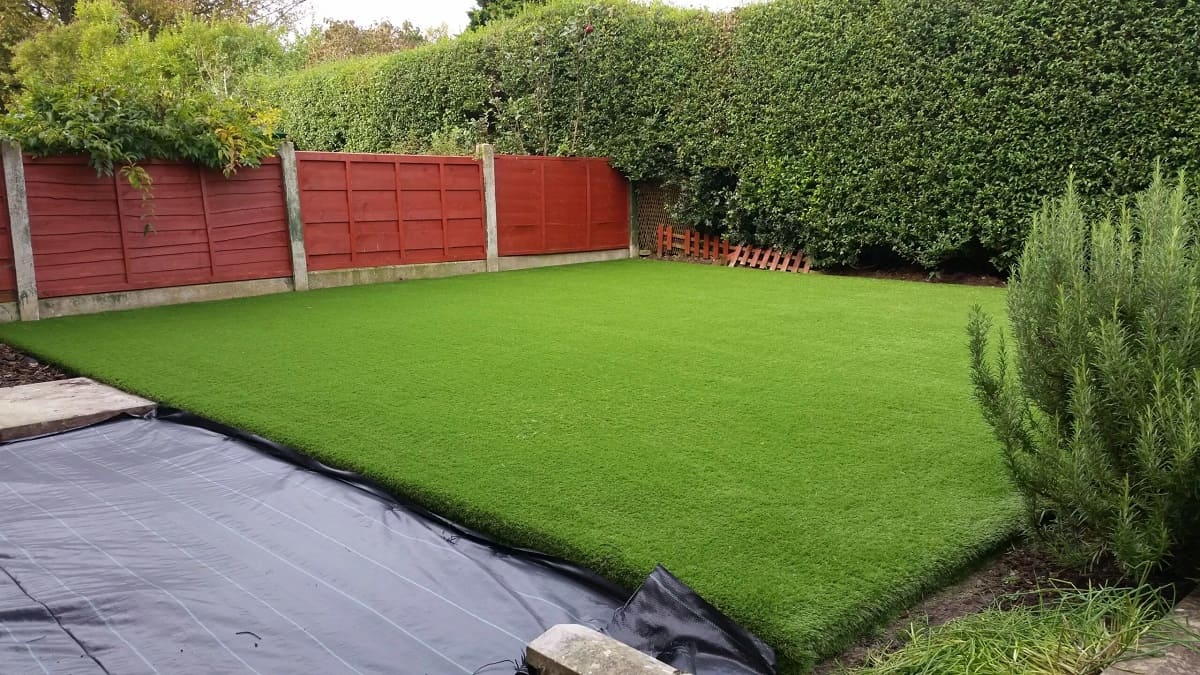

Garden Essentials
How To Get Rid Of Moss On Fake Grass
Modified: March 7, 2024
Looking for ways to remove moss from your artificial garden? Discover effective techniques for getting rid of moss on fake grass and restoring its lush appearance.
(Many of the links in this article redirect to a specific reviewed product. Your purchase of these products through affiliate links helps to generate commission for Storables.com, at no extra cost. Learn more)
Introduction
Welcome to this comprehensive guide on how to get rid of moss on fake grass. If you have artificial grass in your garden or outdoor space, you may have noticed that over time, moss can start to grow and thrive on its surface. While fake grass is low maintenance, occasional cleaning and moss removal are necessary to keep it looking its best.
Moss can be not only unsightly but also detrimental to the overall appearance and functionality of your artificial grass. It can make the surface slippery, trap moisture, and even cause damage if left untreated. Fortunately, with the right tools, techniques, and regular maintenance, you can effectively eliminate moss and prevent its recurrence.
In this guide, we will provide you with step-by-step instructions on how to remove moss from fake grass and maintain its pristine condition. Whether you have a small patch of artificial grass or a large lawn, these methods are applicable and will help you restore the lush, green appearance of your synthetic turf.
Before we dive into the cleaning process, let’s gain a better understanding of moss growth on fake grass and why it is important to address it promptly.
Key Takeaways:
- Removing moss from fake grass requires gentle scrubbing with a mild detergent or artificial grass cleaner, followed by thorough rinsing. Prevent future moss growth by improving drainage and increasing sunlight exposure.
- Regular maintenance, including debris removal and brushing, is essential for keeping fake grass moss-free. Applying a moss inhibitor and maintaining proper lawn care can also help prevent moss regrowth.
Read more: How To Get Rid Of Moss And Grow Grass
Understanding Moss on Fake Grass
Moss is a small, non-flowering plant that thrives in damp and shaded areas. It can easily take hold on fake grass, especially in areas with high moisture and limited sunlight. Moss spores are easily carried by wind and can land on the surface of your artificial grass, where they find the ideal conditions to grow.
Moss on fake grass can be a result of several factors, including poor drainage, excessive shade, lack of sunlight, or high humidity. If your artificial grass is located in a damp or shaded area, it is more susceptible to moss growth.
Moss can quickly spread and cover the entire surface of your fake grass if left untreated. Besides being unsightly, moss can deteriorate the infill, backing, and blades of the artificial grass. It can also create a slippery surface, increasing the risk of slips and falls.
It is important to address moss growth on fake grass as soon as you notice it to prevent further damage and maintain the longevity of your artificial turf. Regular cleaning and maintenance will not only remove the existing moss but also help prevent its recurrence.
In the next sections, we will walk you through the step-by-step process of removing moss from fake grass and keeping it moss-free for the long term.
Cleaning Equipment and Materials Needed
Before you begin the moss removal process on your fake grass, it’s important to gather the necessary cleaning equipment and materials. Here’s a list of what you will need:
- Garden hose or pressure washer: A garden hose with a spray nozzle attachment or a pressure washer will be useful for rinsing the artificial grass.
- Broom or brush: A stiff-bristled broom or brush will help in loosening and removing the moss from the surface of the fake grass.
- Mild detergent or artificial grass cleaner: Choose a gentle and non-abrasive detergent or cleaner specifically designed for use on artificial grass. Avoid using harsh chemicals or bleach, as they can damage the synthetic fibers.
- Bucket: You will need a bucket to mix the cleaning solution.
- Gloves: Protect your hands by wearing gloves throughout the cleaning process.
- Protective eyewear: Wear protective eyewear, such as goggles, to shield your eyes from any debris or cleaning solution splashes.
- Knee pads: If you will be kneeling on the fake grass during the cleaning process, it’s a good idea to wear knee pads to provide comfort and protect your knees.
Having these cleaning tools and materials ready will ensure that you can tackle the moss removal process efficiently and effectively. Now that you have everything you need, let’s move on to the step-by-step process of getting rid of moss on fake grass.
Step 1: Remove Loose Debris
Before getting started with the actual moss removal, it’s essential to remove any loose debris from the surface of the fake grass. This includes leaves, twigs, dirt, and any other debris that may be sitting on top of the moss.
Use a stiff-bristled broom or brush to gently sweep the surface of the artificial grass. Start from one end and work your way across, gathering the debris into a pile. Be careful not to apply too much pressure or use a brush with hard bristles that could potentially damage the synthetic grass fibers.
Once you have swept the entire area, carefully gather and dispose of the debris in a garbage bag or compost bin. Removing the loose debris will make it easier and more effective to address the underlying moss issue.
If you notice any larger or stubborn debris that cannot be easily swept away, you can use your hands or a pair of gloves to pick them up and dispose of them properly.
By starting with this step, you create a clean foundation to effectively tackle the moss removal process. Now that the loose debris has been taken care of, let’s move on to preparing the cleaning solution.
Step 2: Prepare the Cleaning Solution
Once you have removed the loose debris from the surface of the fake grass, it’s time to prepare the cleaning solution that will help in getting rid of the moss.
You have a couple of options for the cleaning solution:
- Mild detergent: You can use a mild detergent, such as dish soap or laundry detergent, mixed with water. Fill a bucket with warm water and add a small amount of detergent. Stir the mixture until it forms suds.
- Artificial grass cleaner: Alternatively, you can use a cleaner specifically designed for artificial grass. These cleaners are formulated to effectively remove moss, algae, and other stains without damaging the synthetic fibers.
Follow the instructions on the detergent or artificial grass cleaner for the appropriate dilution ratio. It’s important to avoid using harsh chemicals or bleach, as they can cause discoloration or damage to the fake grass.
Once you have prepared the cleaning solution, it is ready to be applied to the moss-infested areas. In the next step, we will show you how to effectively apply the cleaning solution and eliminate the moss from your fake grass.
To get rid of moss on fake grass, mix equal parts water and white vinegar in a spray bottle and apply it to the affected areas. Let it sit for 15-20 minutes, then scrub the moss with a brush and rinse with water. Repeat if necessary.
Read more: How To Get Rid Of Moss On A Brick Patio
Step 3: Apply the Cleaning Solution
Now that you have prepared the cleaning solution, it’s time to apply it to the moss-infested areas of your fake grass. This step will help loosen the moss and make it easier to remove.
Start by pouring the cleaning solution directly onto the affected areas of the artificial grass. Use a sprayer or watering can to evenly distribute the solution. Focus on the areas where you see the most moss growth, ensuring that the entire surface is covered.
Allow the cleaning solution to sit on the moss for about 10-15 minutes. This will give it enough time to penetrate and break down the moss, making it easier to remove in the next step.
During this waiting period, avoid letting the cleaning solution dry on the surface of the fake grass. If necessary, you can lightly mist the areas with water to keep them damp. This will prevent the cleaner from evaporating too quickly.
By applying the cleaning solution, you are effectively treating the moss and preparing it for removal. In the next step, we will show you how to scrub away the loosened moss from your artificial grass.
Step 4: Scrub the Moss
After allowing the cleaning solution to penetrate the moss for 10-15 minutes, it’s time to scrub away the loosened moss from the surface of your fake grass. This step will help to physically remove the moss and any remaining debris.
Grab a stiff-bristled broom or brush and start scrubbing the moss-infested areas in a back-and-forth motion. Apply gentle pressure to avoid damaging the synthetic grass fibers while still effectively removing the moss.
Focus on smaller sections at a time, ensuring that you cover the entire affected area. Pay special attention to any stubborn patches of moss that may require a bit more effort to remove.
As you scrub, you should notice the moss detaching from the surface of the artificial grass. It may accumulate in clumps or come apart into smaller pieces. Continue to brush away the loosened moss and debris as you go.
If you are facing particularly persistent moss, you can moisten the area with some additional cleaning solution or water to make the removal process easier. However, be cautious not to oversaturate the fake grass, as excessive moisture can become a breeding ground for new moss growth.
Once you have finished scrubbing the moss from the designated areas, gather the detached moss and debris using a dustpan or gloves and dispose of it properly in a trash bag or compost bin.
By diligently scrubbing the moss, you are ensuring a thorough removal and preparing the surface for the next step – rinsing the artificial grass.
Step 5: Rinse the Artificial Grass
After successfully scrubbing away the moss from your fake grass, it’s time to give it a thorough rinse. Rinsing the artificial grass will help remove any lingering cleaning solution, debris, and remnants of moss.
Begin by using a garden hose with a spray nozzle attachment or a pressure washer set to a low pressure setting. Start from one end of the artificial grass and work your way across, ensuring that you cover the entire surface.
Hold the hose or pressure washer at an angle to prevent causing any damage to the synthetic grass fibers. Move in a sweeping motion, allowing the water to rinse away any remaining moss, dirt, or cleaning solution residue.
Pay extra attention to areas where you removed the moss, as there may be some small particles or debris left behind. Rinse these areas thoroughly to ensure that they are clean and moss-free.
Continue rinsing until the water runs clear and there are no visible signs of debris or cleaning solution on the surface of the fake grass.
Once you have finished rinsing, inspect the artificial grass to ensure that all the moss has been removed and that the surface is clean and refreshed.
Allow the fake grass to air dry naturally. Avoid walking or placing any items on the grass until it is completely dry to prevent any potential damage. Depending on the weather conditions, this may take a few hours to a full day.
By rinsing the artificial grass, you are removing any traces of moss and cleaning solution, leaving behind a pristine and moss-free surface.
Step 6: Preventing Moss Growth
Now that you have successfully removed moss from your fake grass, it’s important to take preventative measures to inhibit its future growth. By implementing these preventive steps, you can maintain a moss-free and vibrant artificial lawn for a longer period of time.
Here are some effective ways to prevent moss growth on your fake grass:
- Improve drainage: Ensure that your artificial grass has proper drainage to prevent moisture from accumulating. If needed, aerate the ground beneath the grass to improve water flow.
- Increase sunlight exposure: Trim overhanging branches or nearby vegetation that may be casting shade on your artificial grass. Exposing the surface to more sunlight will discourage moss growth.
- Regularly remove debris: Keep your fake grass clear of leaves, twigs, and other debris that can trap moisture and provide a favorable environment for moss growth.
- Brush the grass regularly: Brushing the artificial grass with a stiff-bristled broom or brush will help prevent moss from taking root. It will also help redistribute the infill and keep the grass looking fresh.
- Apply a moss inhibitor: Consider using a moss inhibitor or treatment specifically designed for use on artificial grass. These products contain ingredients that discourage moss growth without harming the synthetic fibers.
- Maintain proper lawn care: Follow a regular maintenance routine for your artificial grass, including occasional brushing, spot cleaning, and addressing any issues promptly.
By incorporating these preventive measures into your routine maintenance, you can significantly reduce the chances of moss regrowth on your fake grass.
Remember, consistent maintenance and proactive prevention are key to keeping your artificial lawn moss-free and in optimal condition for years to come.
Read more: How To Get Rid Of Moss In Lawns
Conclusion
Congratulations! You have now learned how to effectively get rid of moss on your fake grass and keep it looking pristine. Moss growth can be both unsightly and damaging to your artificial lawn, but with the right techniques and regular maintenance, you can maintain a beautiful and moss-free outdoor space.
Throughout this comprehensive guide, we have outlined the step-by-step process to remove moss from fake grass. From removing loose debris to scrubbing the moss and rinsing the artificial grass, each step is crucial in achieving a clean and moss-free surface.
Additionally, we have discussed the importance of understanding moss growth and how to prevent it from recurring. By improving drainage, increasing sunlight exposure, and regularly maintaining your artificial grass, you can minimize the chances of moss regrowth and ensure its longevity.
Remember to use the recommended cleaning equipment and materials, such as a broom or brush, mild detergent or artificial grass cleaner, and protective gear. These items will help you achieve the best results while protecting the integrity of your fake grass.
By following these steps and implementing preventive measures, you can enjoy a pristine and moss-free fake grass lawn year-round. Whether you have a small garden or a larger outdoor space, maintaining your artificial grass with regular care will keep it looking green, vibrant, and inviting for all to enjoy.
Thank you for taking the time to learn about moss removal from fake grass. We hope this guide has provided you with valuable insights and practical knowledge. Now, go ahead, implement these methods, and enjoy the beauty of your moss-free artificial grass!
Frequently Asked Questions about How To Get Rid Of Moss On Fake Grass
Was this page helpful?
At Storables.com, we guarantee accurate and reliable information. Our content, validated by Expert Board Contributors, is crafted following stringent Editorial Policies. We're committed to providing you with well-researched, expert-backed insights for all your informational needs.
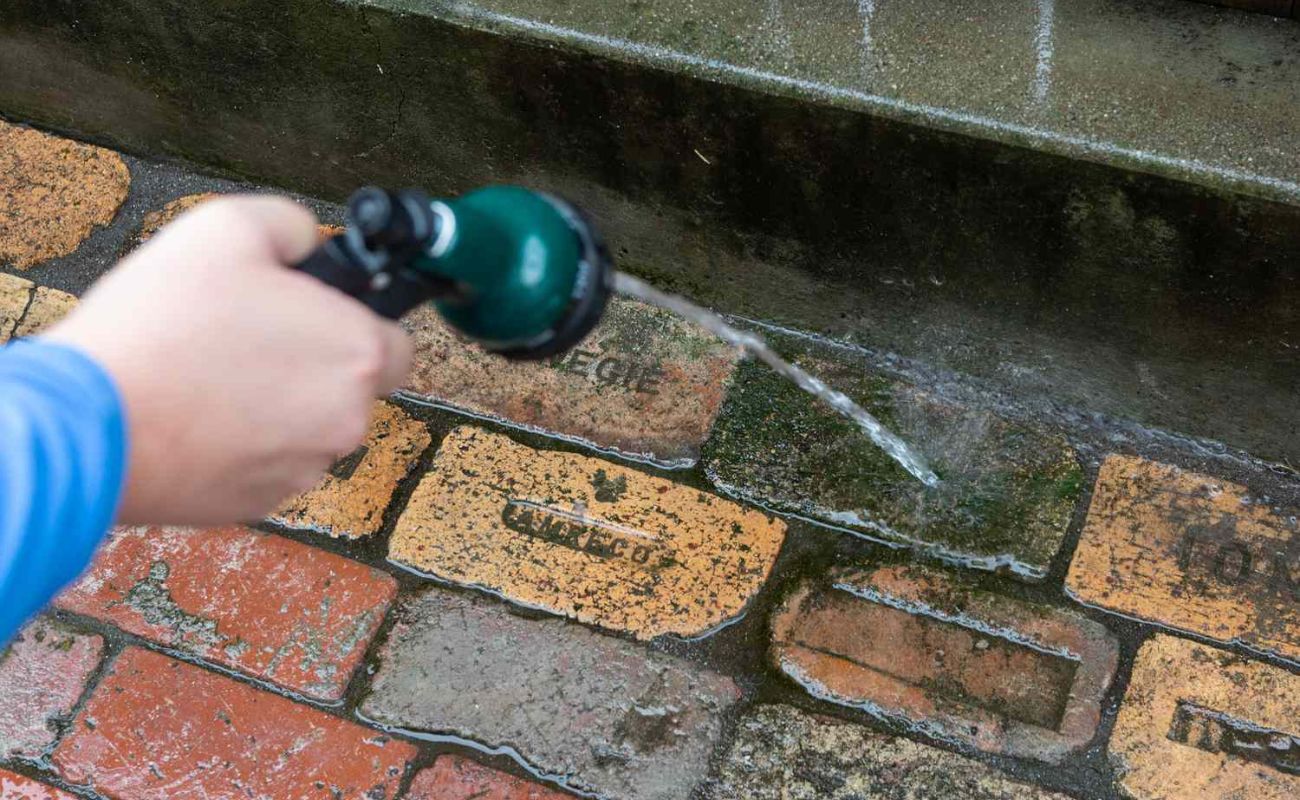









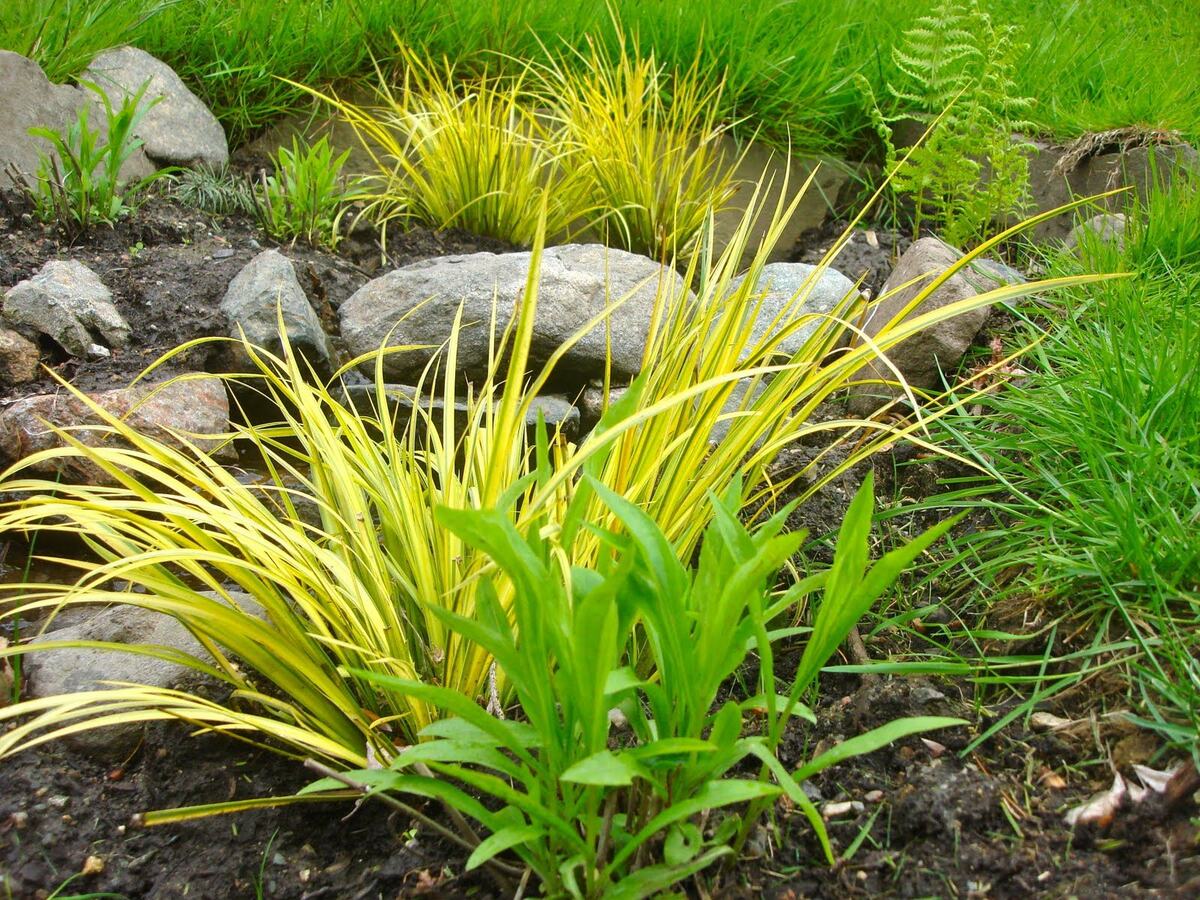
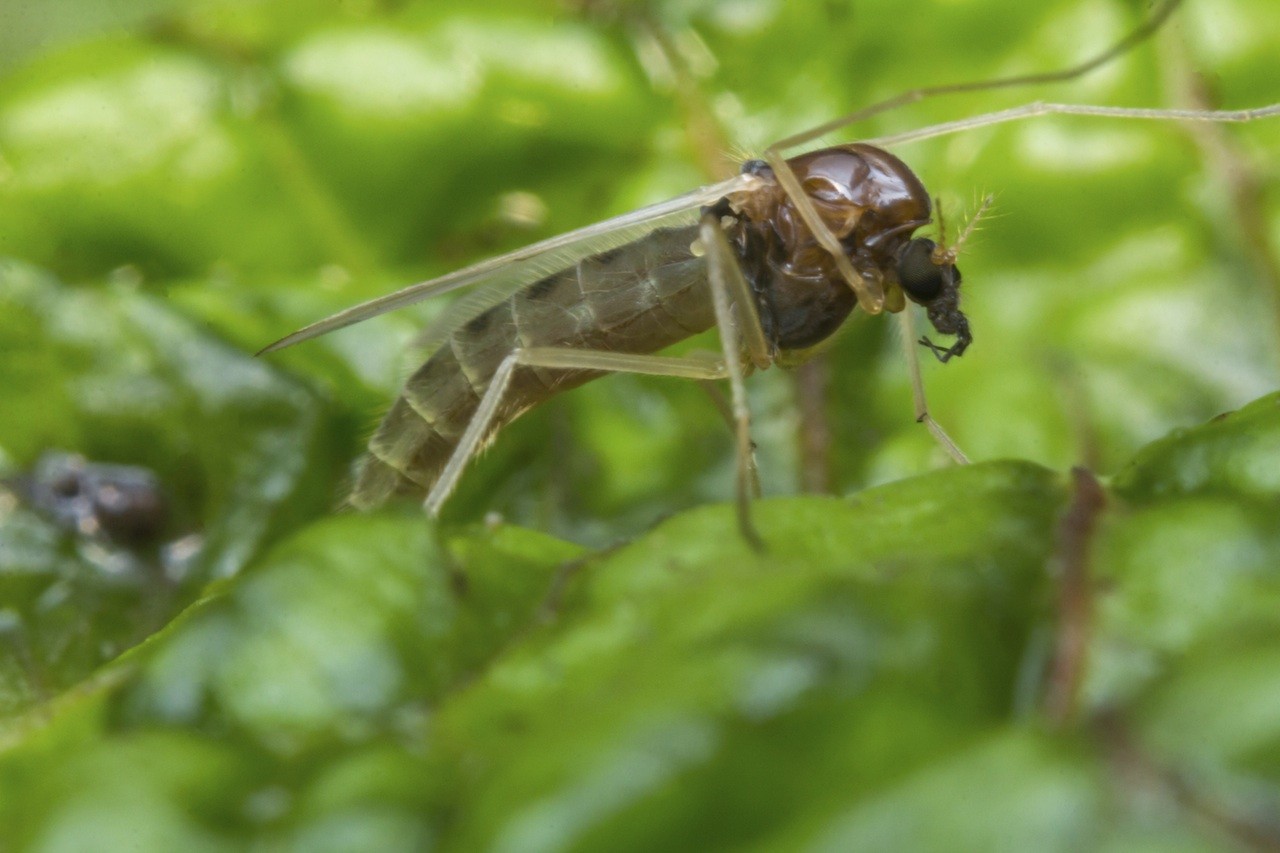
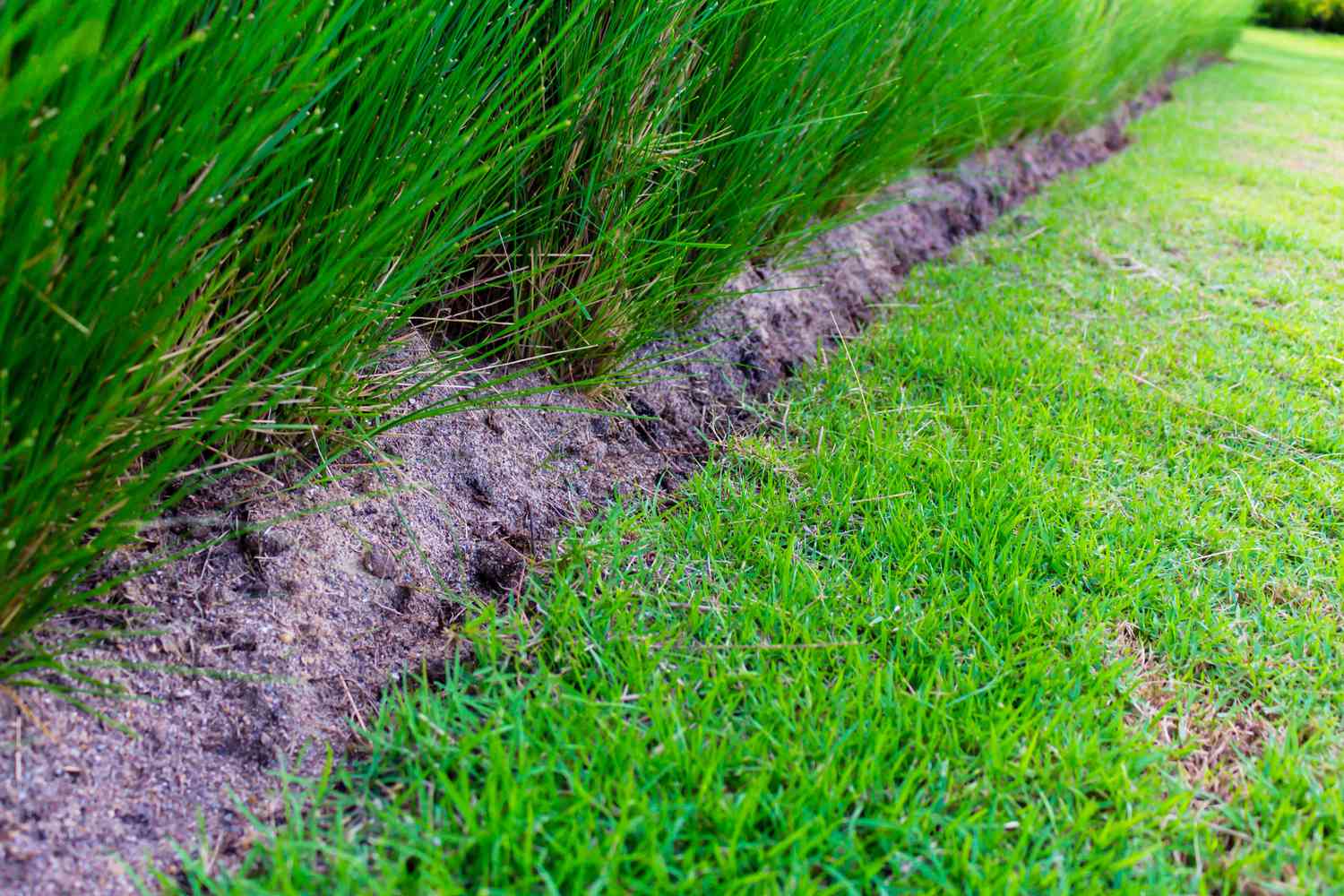

0 thoughts on “How To Get Rid Of Moss On Fake Grass”